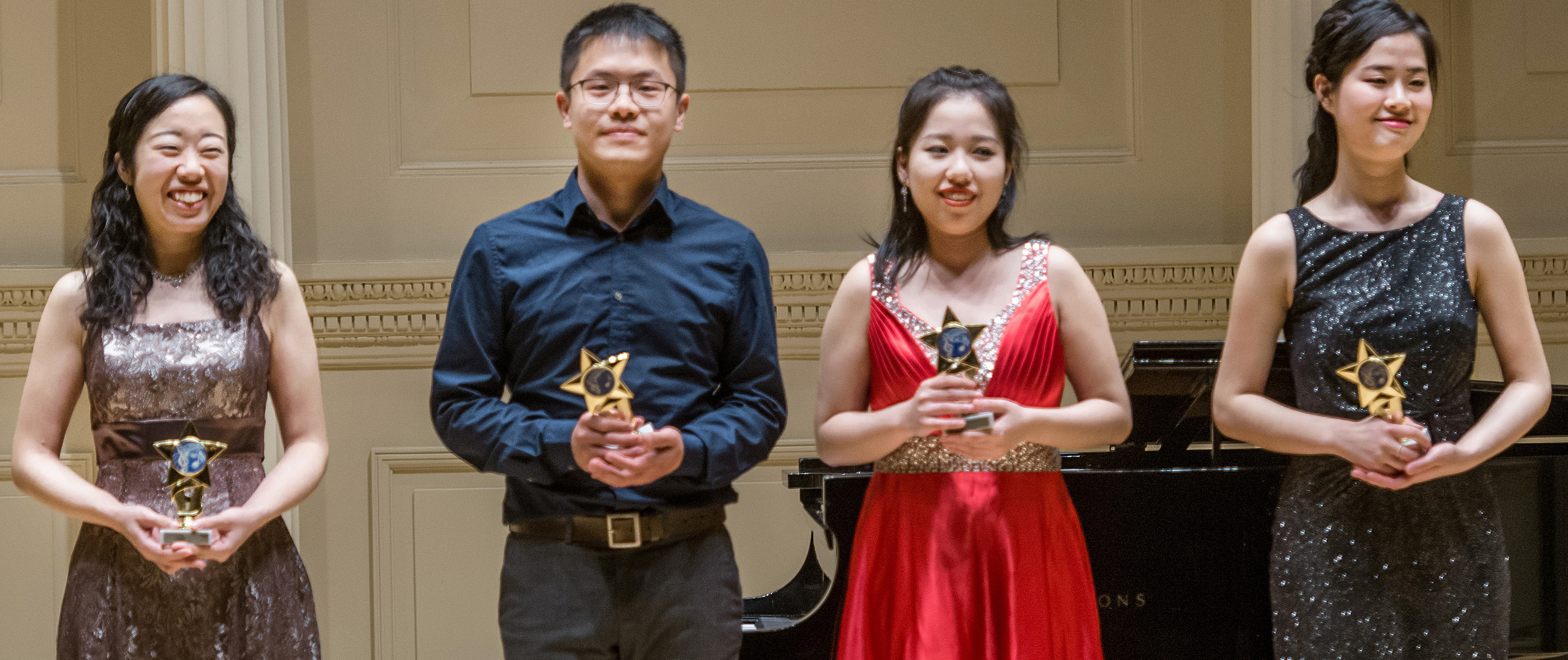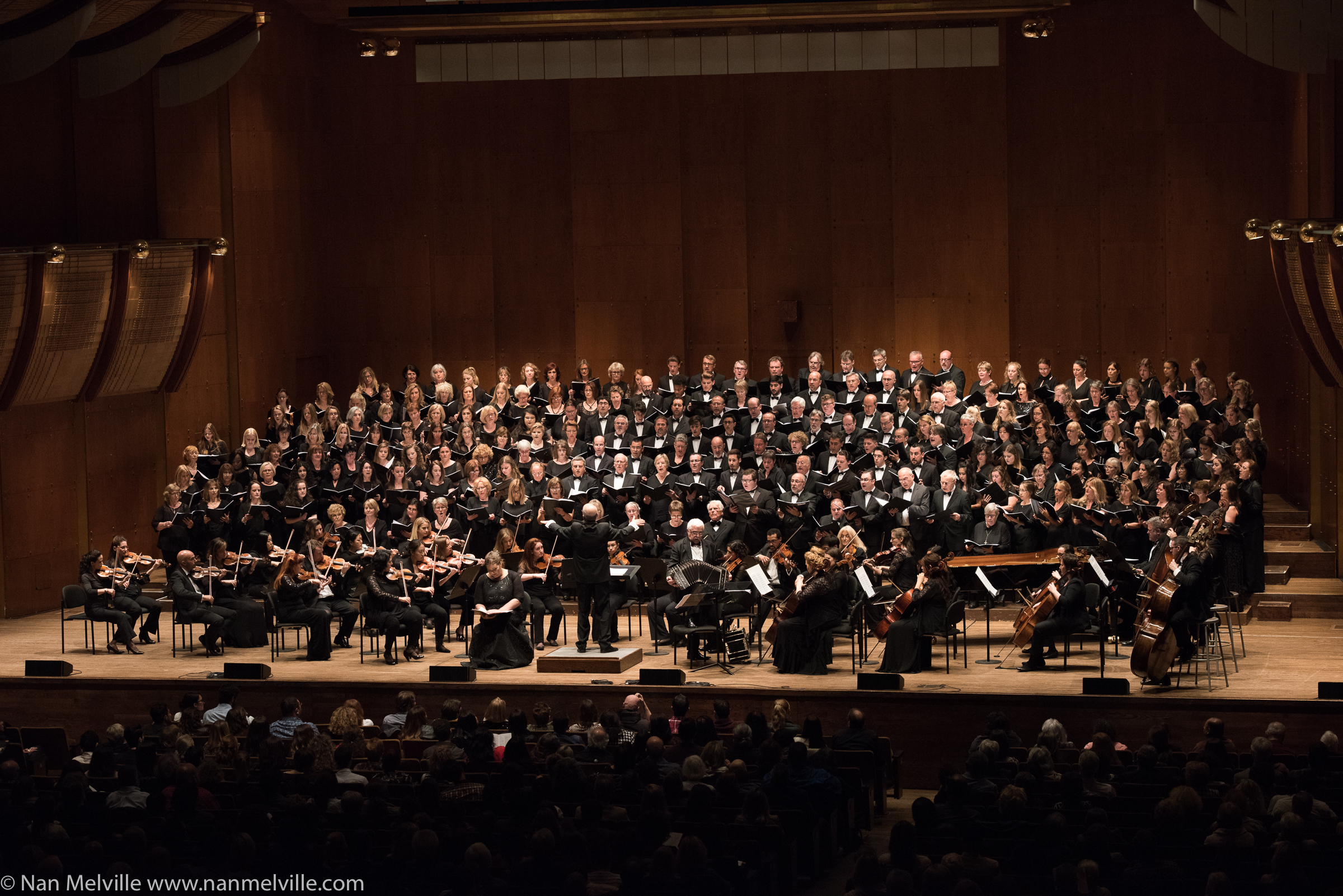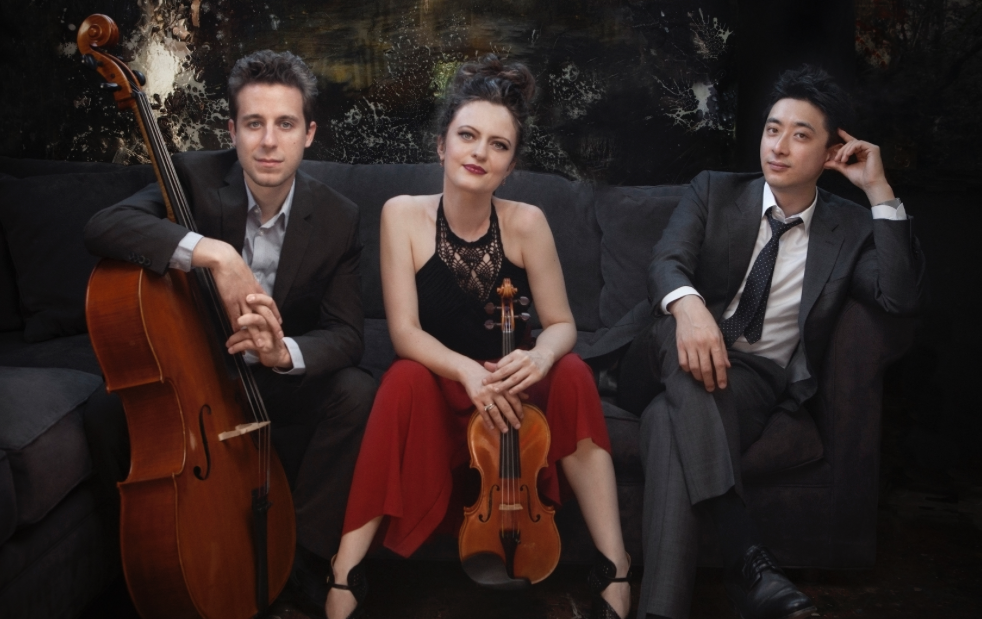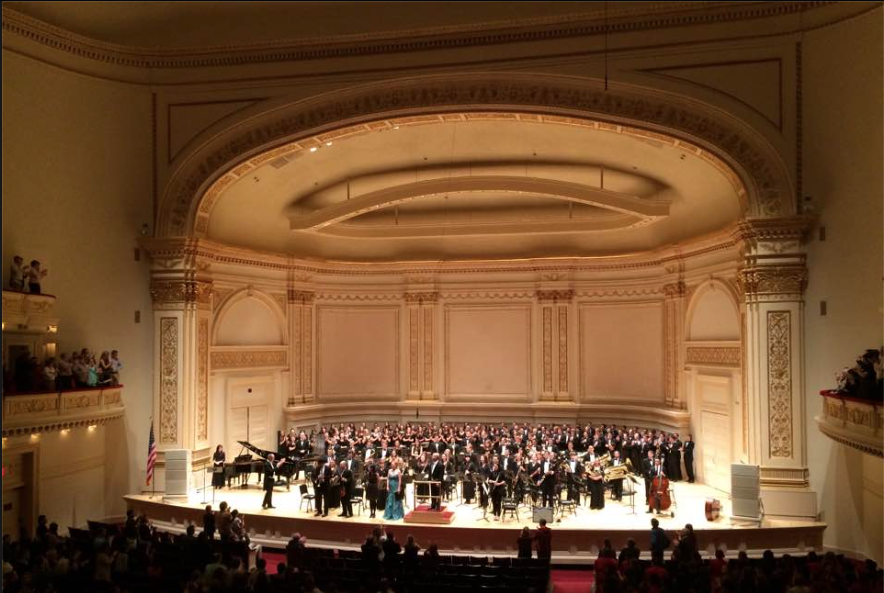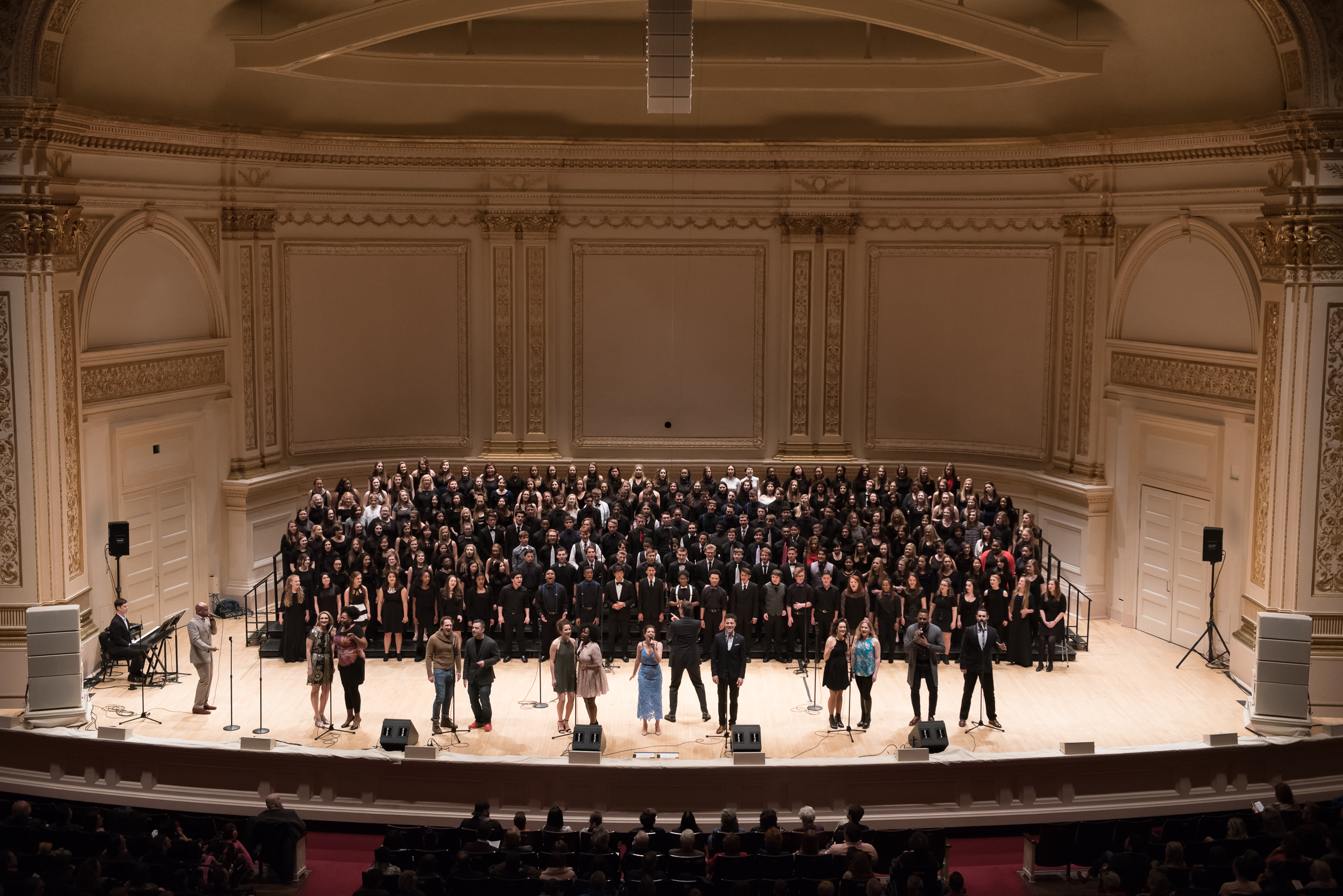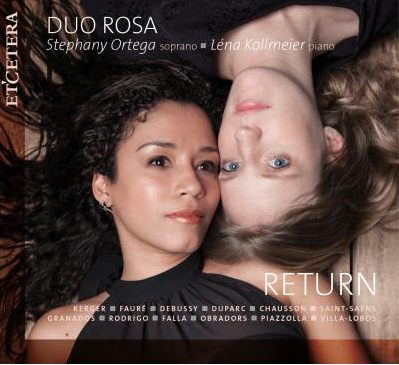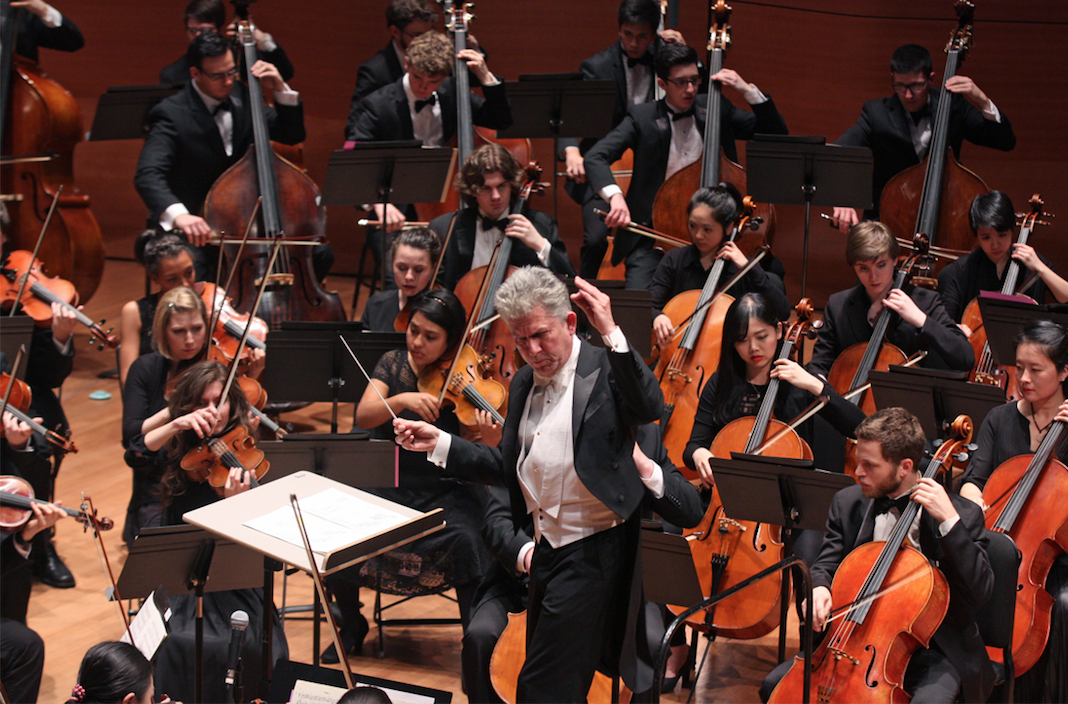Rondo Young Artist 2017 Presents Rondo Forma Competition First Place Winners’ Recital
Moeko Chiyozaki, Jui-Sheng Li, and Yan-Li piano; Jisu Choi, violin
Weill Recital Hall at Carnegie Hall, New York, NY
May 19, 2017
Three pianists and one violinist were the performers in Weill Recital Hall as First Place winners of the Rondo Forma Competition under the auspices of the organization entitled Rondo Young Artist (www.rondoyoungartist.org, co-founded several years ago by Emilia Oskotsky, Executive Director, and Ilinka Manova, Artistic Director). Each performer gave what amounted to a mini-recital (approximately twenty-five to thirty minutes), and each proved to be quite worthy of the distinguished performing opportunity.
Moeko Chiyozaki of Japan was the first pianist, playing a program of Bach’s Prelude and Fugue in C-sharp minor (BWV 849), the first movement of the Brahms Piano Sonata in C Major, Op. 1, and the first movement (Allegro moderato) of Bartok’s Piano Sonata (Sz. 80). Ms. Chiyozaki conveyed the somber beauty of Bach’s Prelude with earnest dedication, proceeding with admirable control to its highly complex five-voice fugue. Her playing was marked by clarity of voicing and evenness of touch, all qualities which this work requires to a great degree. One would have loved to hear her in more Bach, but alas, there were time limits. Her Brahms followed, a movement of sweeping gestures and drama, which appeared not as well suited to her temperament as the Bach, but was nonetheless a good performance overall. Time will tell what repertoire will attract this pianist most powerfully. She has the fingers to play whatever she chooses, as was evident in her Bartok movement, which closed her set with good percussive energy. Ms. Chiyozaki was clearly up to its demands, and it was refreshing to hear a pianist not brutalizing the instrument, as some do in this work.
Incidentally, the program did not list the performers’ ages, and only one teacher was named for each performer on the final page, despite each player listing in their biographies an array of teachers and musicians whose master classes they have attended. One can therefore only guess about Ms. Chiyozaki’s age, but her biography stated that she will begin doctoral studies at SUNY at Stonybrook in the fall of 2017, having already obtained degrees from Elisabeth University and Illinois State University, as well as a Professional Studies Certificate at the Manhattan School of Music with Miyoko Lotto. It appears that she can look forward to an exciting musical future.
The second pianist of the evening was Jui-Sheng Li, a graduate of the National Taiwan Normal University (BFA) and the University of Wyoming (MM), and currently based in Montréal, Canada. He will begin his doctoral studies in music at McGill University in the fall, having already completed his Artist Diploma there with Kyoko Hashimoto.
Mr. Li played just one work, Schumann’s Fantasie Op. 17, a monumental work (even literally monumental, considering its intended role in helping raise funds for a statue of Beethoven in Bonn!). Though we heard only this single work from Mr. Li, it was really all one needed to hear to gain a picture of the player. Mr. Li is a musician of integrity and depth, and it was a joy to hear this work in his hands. Though the excerpting of movements that occurred throughout the rest of the evening cannot be held against the other young performers at all, given time constraints and possibly even contest guidelines (and this listener is not such a purist in that sense anyway), still, the selection of this magnificent piece in its entirety spoke volumes. It was a wonderful reminder that, through the tension and glitz of auditions, tapes and prizes, the ultimate star is the music itself. Mr. Li captured its ardor, wistfulness, and reverie with sensitivity to tone and phrasing. One looks forward to hearing more from this young artist.
The last of the three pianists was Yan Li, native of Shenzhen, China, and currently a Bachelor of Music candidate at the Manhattan School of Music with Dr. Joanne Polk. As with the other performers, one can only guess at the age of this young player, but her biography states that she began studies at age six and she has been winning prizes in competitions since 2005.
Ms. Li played with a fierce intensity (matched by a fiery red dress) and gave the music her all. She opened with Mozart’s Piano Sonata in F Major, KV 533 (the opening Allegro), with rhythmic precision, crisp articulations, fine fleet finger-work, and extreme attention to detail. One would be hard pressed to find flaws! Ramping up the intensity still further, she played the first movement of Schumann’s Piano Sonata in F-sharp minor, projecting well its extremes of dynamics and emotions. She also showed the ability to switch directions “on a dime” – an essential for Schumann’s mercurial flights. Most brilliant though was Ms. Li’s performance of Impronta Digitale by Judith Zaimont, a work remembered best perhaps as one of the contemporary options in the 2001 Van Cliburn Competition. This toccata-like piece is an ideal vehicle for displaying finger technique, so Ms. Li, with her considerable digital prowess, gave it an impressive ride. She should get much mileage from it in future years (and it may even become a signature piece – or like its title suggests, a “fingerprint”).
The evening’s violinist, Jisu Choi, had the role of concluding the recital, and she did so commendably. A student of Lucie Robert, her biography lists that she is currently pursuing her Bachelor of Music degree at the Manhattan School of Music.
Ms. Choi started with J. S. Bach’s Sonata in A minor, No. 2, BWV 1003, just the first movement, Grave. It was a good movement for her to find her musical voice and adjust to the hall, so one could almost ignore the unresolved feeling at its close, omitting subsequent movements (on the dominant, no less, as Bach’s way of leading onward). The transition gave an audition-like feeling to the recital, but following it with something neo-classical was a good idea, in this case Stravinsky’s Violin Concerto in D Major. The movements selected were the Toccata, Aria II, and Capriccio, their sinewy lines showing Ms. Choi’s agility and precision. She is a gifted and energetic performer of considerable potential. Concluding with Sarasate’s Introduction and Tarantella, Op. 43, she was able to indulge in a completely different kind of sound, warmer and freer with a liberal use of slides. Her very capable collaborator at the piano was Kyoung Im Kim. It was an excellent close to a fine recital.
Congratulations are in order to the directors of the Rondo Forma competition for selecting and presenting four very deserving young artists, an experience that will undoubtedly be a stepping stone to their next exciting achievements.

